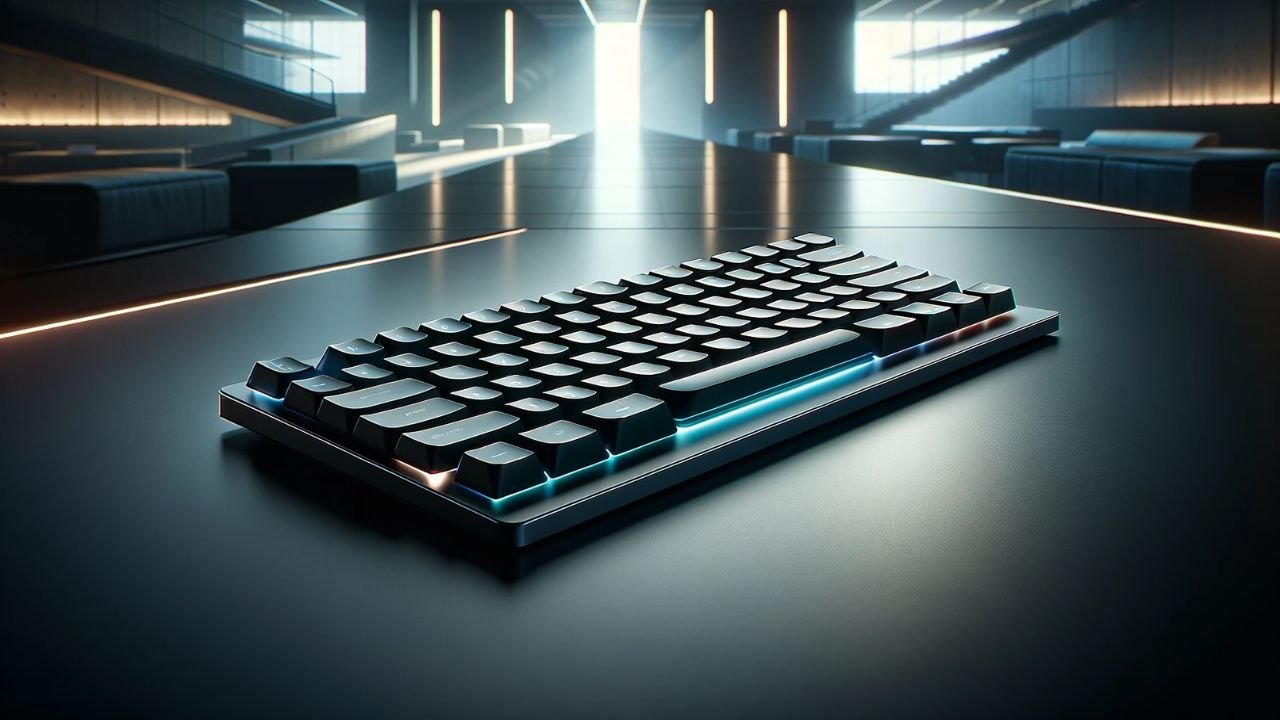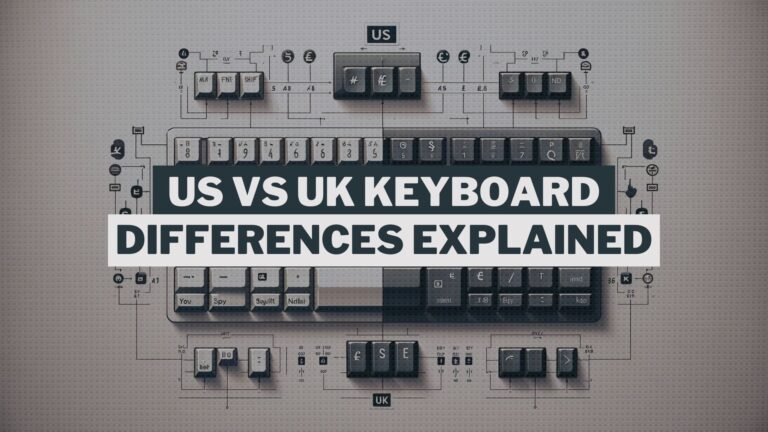The Origins of the QWERTY Keyboard
The QWERTY keyboard layout, the one we commonly use today, has an interesting history. About 150 years ago, Christopher Sholes and Carlos Glidden invented the typewriter. This machine worked a bit like a piano, where pressing a key would make a lever stamp a letter onto the paper.

Originally, the keys on the typewriter were in alphabetical order. But there was a problem: when people typed fast, the levers for letters next to each other would often get stuck. To fix this, James Densmore, Sholes’ business partner, suggested rearranging the keys. They tried many different layouts to find one where commonly used keys weren’t next to each other.
Finally, they created the QWERTY layout, which reduced the issue of keys getting stuck. This layout was so effective that it was adopted by the Remington Company for their first commercially successful typewriter and is still used in keyboards today.
Resistance to Change
Indeed, the QWERTY keyboard layout, although historically significant, isn’t the most efficient design for typing. Over the years, people have noted that other layouts could potentially allow faster and easier typing, especially for beginners. With the advent of electronic typewriters and later computers, the mechanical issue of key jams became irrelevant. This opened up the possibility of revisiting the keyboard layout, even considering a return to the alphabetical order.
However, the widespread adoption of the QWERTY layout presented a significant barrier to change. By the time alternative layouts were proposed, millions of people around the world had already mastered typing on QWERTY keyboards. The prospect of relearning to type on a different layout, for a marginal gain in speed or efficiency, was not appealing to most users.
Furthermore, there was a practical concern about standardization. If some manufacturers decided to adopt a new keyboard layout while others stuck with the traditional QWERTY, it could lead to confusion and inconvenience for consumers. This potential fragmentation in keyboard designs was a significant deterrent against moving away from the established QWERTY layout. Consequently, despite the theoretical advantages of other layouts, QWERTY remains the standard due to its deep-rooted familiarity and the practical challenges associated with shifting to a new system.
The ISO/IEC 9995 Standard

By 1985, something called the ISO/IEC 9995 standard was established by Dr. Yves Neuville in Berlin. It served as a guideline for national and industrial keyboard layouts and continues to be used today.
So, while an alphabetical order keyboard may have been logical, it never happened since it was simply impractical. The QWERTY layout had already become deeply ingrained in society, and the transition to a new keyboard layout was not worth the effort. The ISO/IEC 9995 standard ensured consistency in keyboard layouts, preventing unnecessary confusion and complexity for users.
So, the next time you look at your keyboard and wonder why it’s not in alphabetical order, you can thank the historical development of the QWERTY layout and the practical considerations that have shaped the modern keyboard as we know it.






